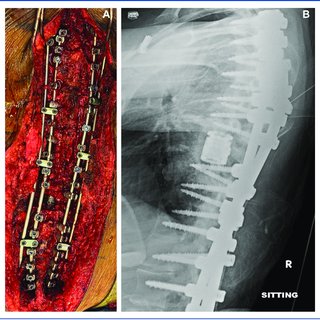April 2024
·
1 Read
Neurosurgery
INTRODUCTION Cranioplasty is a common neurosurgical procedure to correct congenital or acquired skull defects. Three-dimensionally (3D) printed polyether-ether-ketone (PEEK) implants are a relatively novel option for cranioplasty that has gained popularity in recent years. However, there is ongoing debate with respect to this material’s efficacy and safety compared to autologous bone grafts. The purpose of this study was to offer our institution’s experience and add to the growing body of literature on the topic. METHODS A single-institution retrospective analysis of patients undergoing cranioplasties between 2016 and 2021 was performed. Patients were divided into PEEK and autologous cranioplasty cohorts. Parameters of interest included patient demographics as well as perioperative (<3 months postoperative) and long-term outcomes (>3 months postoperative). A p-value <0.05 was considered statistically significant. RESULTS A total of 31 patients met inclusion criteria (PEEK: 15, Autologous: 16). Mean age of the entire cohort was 51.7 years (range 19-81 years). Baseline demographics using the modified frailty index (mFI) revealed greater rate of comorbidities in the autologous group (p = 0.073), which was accounted for in statistical analyses. Multiple logistic regression model revealed a significantly higher rate of surgical site infection during the immediate postoperative period in the autologous cohort (31.3% vs. 0%, p = 0.011). Otherwise, perioperative and long-term complication profiles were similar between groups. Additionally, a generalized linear model demonstrated that both cohorts had similar mean hospital length of stay (LoS) (autologous: 16.1 vs. PEEK: 10.7 days). CONCLUSIONS PEEK cranioplasty implants may offer a more favorable perioperative complication profile with similar long-term complication rates and hospital LoS compared to autologous bone implants. Future studies are warranted to confirm our findings in larger series, and further examine the utility of PEEK in cranioplasty.









